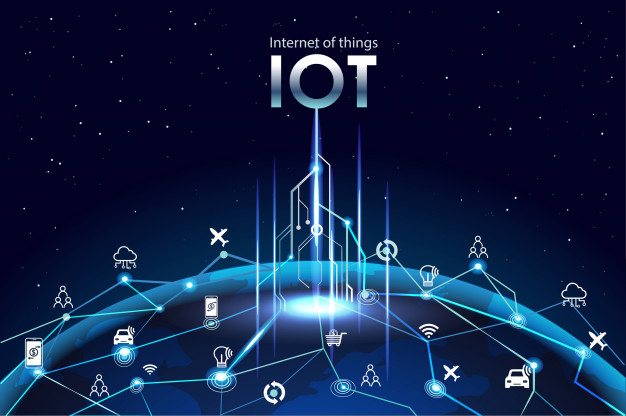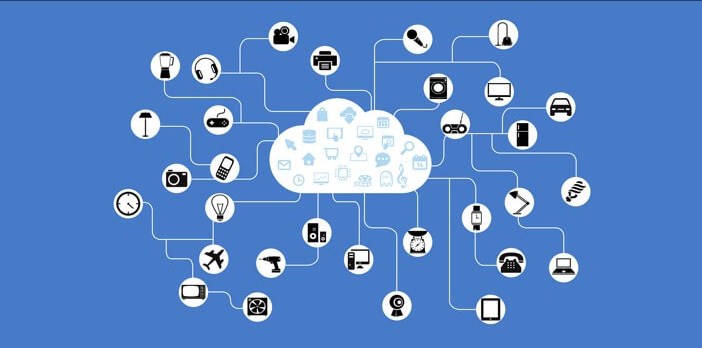
Business is divided into three major sectors as per the economy, and there are several sub-divisions to it. They are;
- Raw-material (Primary)
- Manufacturing (Secondary)
- Service (Tertiary)
As the name suggests Raw Materials involved in primary production, which is the extraction and collection of natural resources; such as farming, forestry, hunting, fishing, and mining.
Manufacturing Industry will take all kinds of production using raw materials. In this stage, we get finished goods. Such as aircraft, household appliances, furniture, sports equipment or automobiles. The service industry can be set as a resultant of the Manufacturing Industry. It’s the intangible end-product. Service Industry may involve transportation, distribution, sale of goods to the consumer from a producer, etc. If we take the example of Restaurant (Industry) here the product gets processed and served to the consumer.
The service industry is vast and versatile. Hospitality Industry is the broad category of Service Industry. That includes lodging, food and drink service, event planning, theme parks, transportation, cruise line, traveling, airline and several more fields within the tourism industry. Hospitality Industry takes care of our entertainment and leisure. It is an industry that has got different preferences by different cultures like the diversity of cuisine, dining options, drive-through option, variety of beverage, different hotel’s themes, etc. There are so many alternatives to it hence the completion is high, however, the business is profitable always.
Though it is depended on leisureliness and disposable income, it concentrates on its customer’s satisfaction. Hence, the fall of the economy and recession affects the Hospitality Industry. What always a Hospitality business-holder looks for is keeping a good reputation and relation with its customers.
Let’s discuss what all hospitality industry includes;
- Bed and Breakfasts
- Hotels
- Motels
- Flotels
- Inns
- Resorts
- Serviced apartments
- Bars
- Cafés
- Pubs and Night clubs
- Restaurants
- Wine shops

The future of the hospitality Industry getting shaped by consumer needs industry engagements and globalization. According to the World Travel & Tourism Council, tourism is one of the world’s fastest-growing industries. We will talk loudly on the Hotel Industry in this article as the Hotel Industry is one of the main hospitality centers after Travel and Tourism.
The Five Reasons are here;
Entrepreneurship (Start-ups)
Hospitality Industry needs passion and patience. Though it is fruitful ground for aspiring entrepreneurs. New technology can provide greater Customization, Convenience, and Control to the Hospitality business. Subsequently, it helps busy travelers to save time.
But to entice luxury travelers, retaining a human touch will be key for hotels to deliver a bespoke experience. Understanding the different needs of guests is essential for brands to develop innovative concepts capable of yielding long-term profit and business growth.
Technology

New technology can provide greater Customization, Convenience, and Control to the Hospitality business. Technology is also transforming the way customers interact with brands about their experience pre and post-stay and comparison with competitors. It gives an insight into the business.
Artificial intelligence in the form of robots and chatbots provides the user with on-demand information and personalized recommendations. Many restaurants have started Robot service and it attracts the crowd. IoT (Internet of Things) connectivity allows guests to customize their experience with an app or their voice. It is in trend and the future of IoT is bright.
Loyalty programs based on blockchain and cryptocurrency are creating interesting new opportunities for brands to engage with customers. And it adds a bonus to the brand.
While these examples provide a glimpse of current and future applications of technology to the guest experience, many are still in their early stages, with the potential to change the industry in ways we have yet to imagine. So hope to see more creativity.
Brand Management
Brand Management or Branding is one of the sensitive matters. It leaves an impression on the Client’s mind. Hence, brand management has to be taken seriously and sensitively. Relying on brand history alone is no longer enough – brands need to bring their identity into the future to stay relevant. Hence regular enhancement is needed. Storytelling is the key for brands to convey their value to customers.
Global brands need to reflect the increasingly diverse identity of their clients through multicultural awareness and sensitivity. To meet Omnichannel customers, brands will need to build seamless transitions between offline and online marketing experience.
The hospitality industry can also expect to see more luxury brands branching into hotels and other hospitality ventures. Finally, retaining a human touch throughout these interactions will be essential for luxury brands to nurture the personal relationships that build client loyalty.
Sustainability
Sustainability is the global aim, all industry need to look after of Sustainability alongside their business. The UN (United Nations) has given priority to sustainability to the forefront of public awareness. Also, Global hospitality businesses to take a more comprehensive approach to Corporate Social Responsibility.
Transparency and accountability are becoming more important as travelers want to know the impact of their footprint – not only environmentally, but socially as well. Sustainable and socially responsible strategies now range from the reduction of single-use plastics to the development of social business concepts and the shift towards a circular economy, in which resources are recycled and regenerated, rather than used once and disposed of.
Food and Beverage Developments

Time has changed, people are very much concerned about their health and they always look for going organic. They show Interest in locally produced, seasonal food and vegetable-centric cuisine continues to grow among eco-friendly. And hence it results in the development of farm-to-table – and even seed-to-table – culinary concepts.
Subsequently, an idealistic consumer does not mind paying a high price for their taste. Street food and open-fire cooking are introducing diners to a wider range of flavors, traditions, and experiences. And in the age of Social Media like Instagram, YouTube, etc gives visual delights.
Social Media is helping in creating awareness and for marketing in easy. The above discussion reveals that the future of the hospitality industry is increasingly growing from all dimensions. These are going to be trends in 2020 also.
Hospitality Industry has various sub-categories. In every stage, it has got widespread of manpower involved. Whether its hotel industry, restaurants, bars, pubs, clubs or travel & transportation companies, it has much personnel.
AccuDB Inc. has verified, detailed and targeted databases of the Hospitality Industry. You can access our vast Hospitality Industry Email list which will include, Restaurants Email List, Hotel Industry Email List, Food and Beverages, Travel agent, Tourism, different modes of transportation, etc.
Contact us for a free sample.
Read More







 Although globally construction industry is growing more rapidly than the overall economy, with developed markets forecast to rebound from their depressed levels, many will not be back to their previous peak levels even by 2030.
Although globally construction industry is growing more rapidly than the overall economy, with developed markets forecast to rebound from their depressed levels, many will not be back to their previous peak levels even by 2030. 5. Safety Equipment:
5. Safety Equipment:



